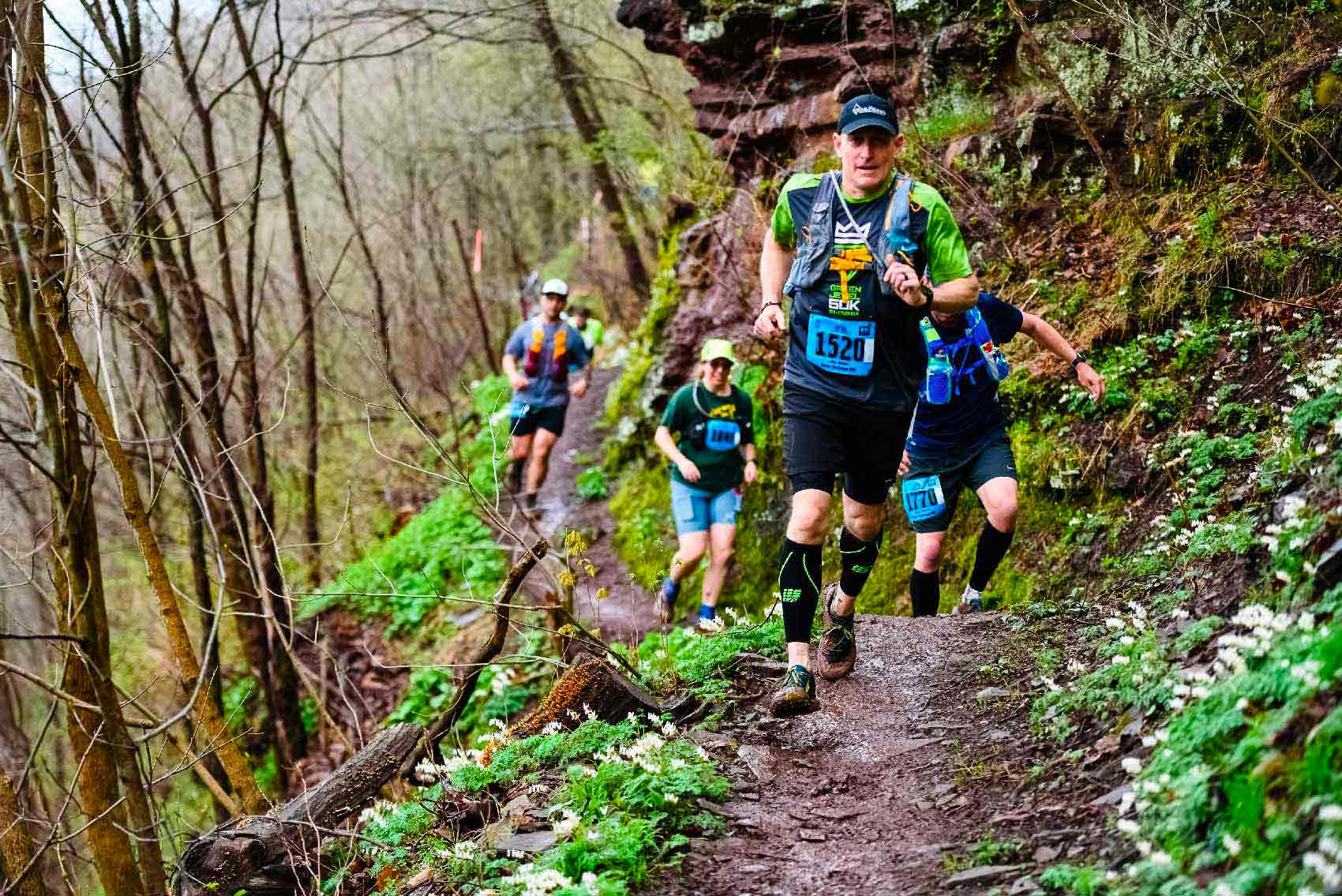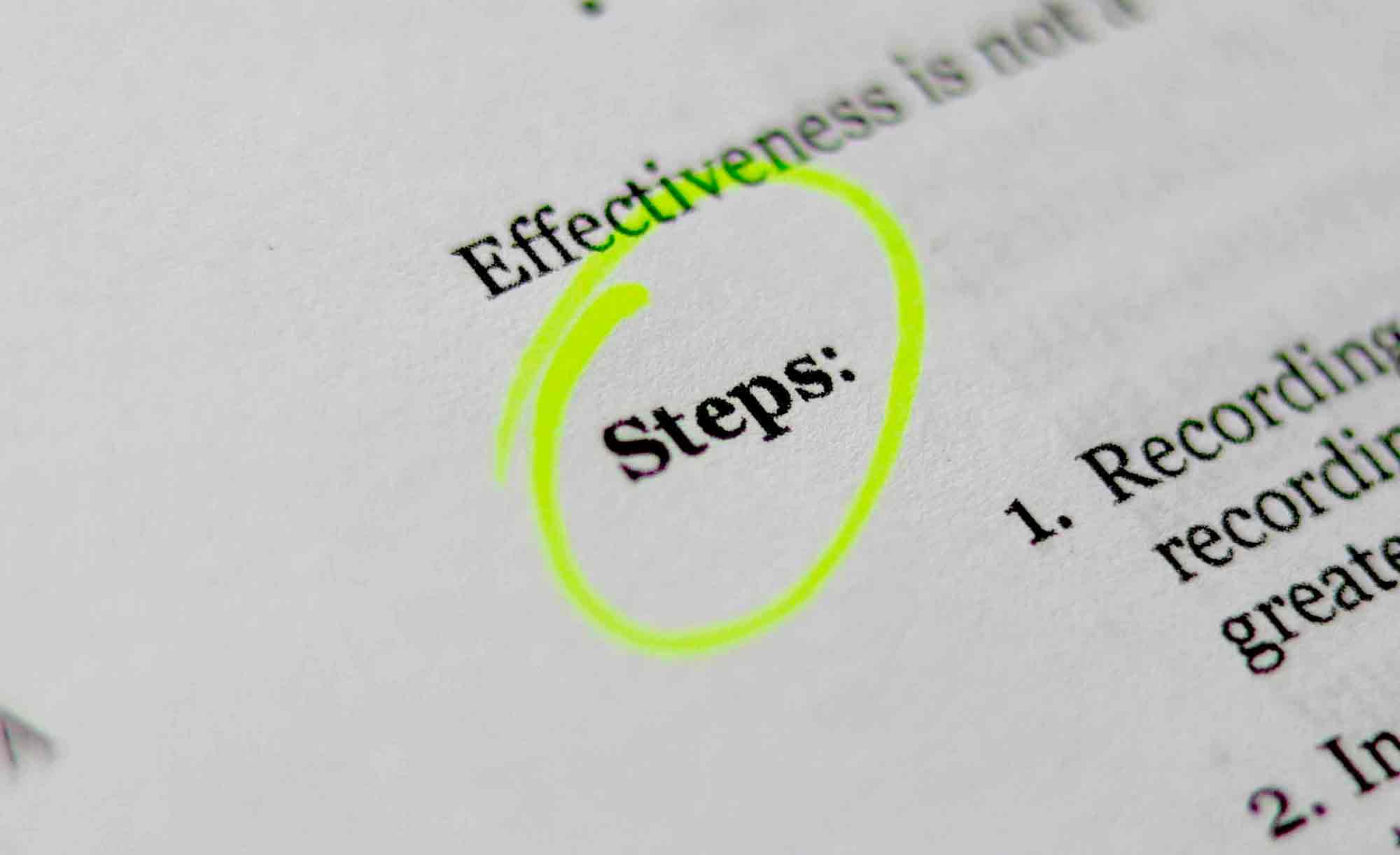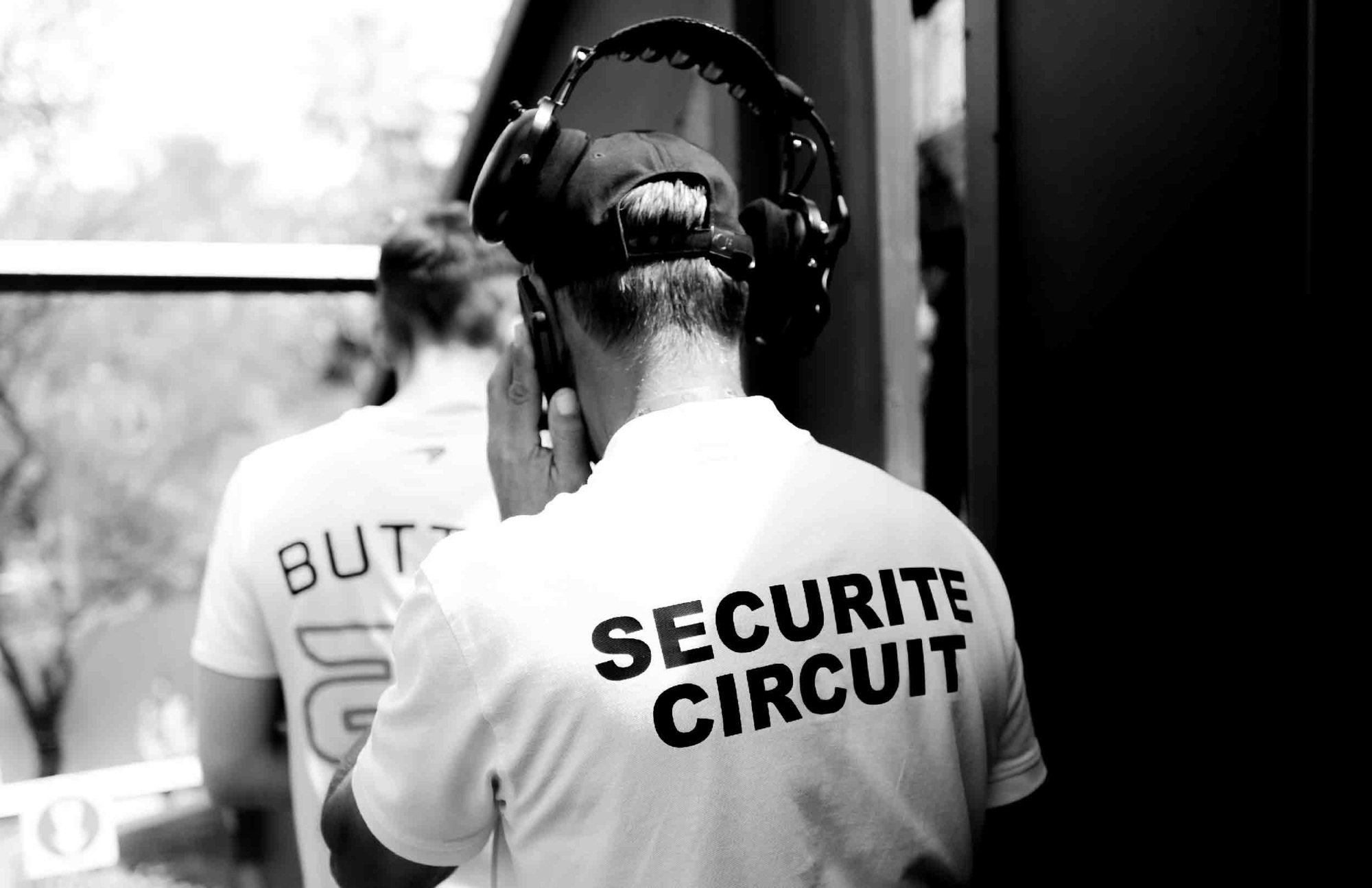Running, particularly trail running, has been on the rise since the 1990s. The number of participants continues to grow, now reaching over 900,000 people worldwide, with an average annual increase of 5 to 10%.
This major shift can be explained by the advent of social media, communication, and the popularisation of brands, athletes, races, etc., that are experts in this sector. This makes it a booming market, and it could be interesting to organise one to bring together people around a shared passion.
We will help you in this process through 7 key points:
Summary
1. The first steps in organising a trail

Organising a sports event such as a trail race is far from simple. It requires organisation and a clear roadmap. Here are the first steps:
Start by deciding on the type of trail you want to organise (nature run, discovery trail, trail, or ultra-trail). These courses differ by their distance, the proportion of paved surfaces, and the elevation gain.
Next, set a date, time, and location. Choose a time of year when the weather is most likely to be good. Set an optimal time for attracting the maximum number of participants, while ensuring the best possible conditions for the runners. Finally, select a location that is well known to the public and suitable for the race.
The number of athletes in the event depends on the organisational capabilities for managing people’s safety. It’s important to estimate how many athletes you can manage safely. For example, for the 2022 Grand Raid des Pyrénées, there were 600 volunteers for 6,000 runners.
The cause of the event is also a key point to consider: Are you supporting a specific cause, or is the goal purely sporting, commercial, or something else?
You must also provide race numbers to participants and, if necessary, parking badges. Ensure that the changing rooms are large enough to accommodate all participants (and of all genders) and handle event activities. Consider partnering with sponsors, as trail event organisation can be costly.
2. What rules and guidelines should be followed?
a) Necessary authorisations as the organiser
As the organiser of a trail, you must adhere to strict conditions outlined by the Fédération Française d’Athlétisme (FFA) organiser’s guide.
You must first obtain the necessary authorisations, such as those from the municipality hosting the event. In some cases, you will need to create a file for the prefecture, the National Forestry Office, or Natura 2000.
The authorisation is issued by the Prefect when the race crosses multiple departments. The Prefect of the starting department decides where the race will start, after consulting the Prefects of the departments the race will pass through.
You will also be required to provide insurance, which is mandatory and must be included in the authorisation request submitted to the Prefect. Subscribing to Civil Liability and Organiser Insurance is compulsory, covering damage to venues, property, and people (runners as well as volunteers). This comes at a cost, which varies depending on the nature of your event, the equipment to be insured, and the number of expected participants.
b) Conditions of participation
Certain conditions must be met for participation in your race.
It is essential for all participants in your trail to submit a registration form.
If your trail is under the FFA, FFCO, or FFTRI licence, participants must provide a medical certificate stating there is no contraindication to competitive sports. With a tool like Weezevent, the medical certificate can be uploaded directly to the registration form.
If your trail is timed, it is considered a competition, so you must comply with the FFA regulations. Some licences have specific conditions, such as UFOLEP (where a certificate is required only if athletics is mentioned) or UNSS (only if the institution registers the participant).
c) Different distances based on participant age
The distances athletes can run vary depending on their age. For example, for a 30 km race, participants must be in the Master category (born on or before December 31, 2003). For a 20 km trail, only Juniors (born between January 1, 2004, and December 31, 2015) can compete. This maximum distance should be reduced if the course has significant elevation gain (relevant for categories from Poussin to Junior).
Additionally, for certain distances and categories, a parental discharge form will be required for minors wishing to sign up.
3. How to ensure participant safety and compliance during organisation?
a) Security
The safety of your event is crucial to ensure the best possible experience for both athletes and the public.
Key points must not be neglected, such as the presence of medical staff along the course, ready to intervene at any time, and marshals at all potentially dangerous points (busy roads, junctions, etc.). The safety of competitors should be the primary reason for placing these marshals.
The Ministry of Youth, Sports, and Associations (MJSVA) has established essential guidelines, which include:
- Less than 250 participants: one team of paramedics and a radio link with an emergency service.
- 250 to 500 participants: one or more paramedic teams, a mandatory link with a doctor or emergency service, and the presence of an ambulance.
- More than 500 participants: at least one doctor, with ambulance and paramedic numbers suited to the number of participants.
- For long-duration races (over a marathon) and races in natural environments: a radio link adapted to the terrain and distance, and at least one doctor on-site.
A rescue plan must be established. It needs to be simple, reliable, and accessible to everyone. It is highly recommended to outsource this important part of the safety system. Also, prior to the event, conduct trials at all locations along the course to identify any potential issues.
Regarding equipment, you must have a space, such as a room or tent, equipped with a medical intervention vehicle, basic medical supplies, and effective communication systems. These will allow constant contact with marshals, who should be equipped with phones or other devices suited to the environment. Emergency numbers must be displayed at least at the central command post and/or on each participant’s bib.
b) Regulations
Two types of regulations must be implemented: those for aid stations and those for the environment.
For aid stations, provide snacks and both hot and cold drinks. According to the FFA guide, these stations should be marked 50 metres before the first table and 50 metres after the last. They should not be placed in corners or dangerous zones. Information about the aid stations will be communicated to competitors via the event pamphlet, signage, and pre-race briefings. The personnel at each station must also be able to communicate with medical staff if necessary.
The environment is also an important aspect to respect. Each aid station must be equipped with rubbish bags, and staff must ensure that all litter around the stations is picked up.
The course marking must also comply with heritage and environmental protection standards. It is essential to avoid any damage: markers must be removed after the event, unless biodegradable, non-polluting markers are used.
4. What strategies should be adopted to promote the event?
a) Specialised trail media
Make sure to contact specialised media in the trail running sector to get your event known within the trail community. You could contact blogs like Trail The World, post your event on Adéorun, or join private Facebook groups for organisers of similar events.
b) Using social media and emails to past participants
Promoting your event on social media is now more than necessary to attract a maximum number of people on race day. You need to be present on all fronts: Instagram, Facebook, Tiktok, Twitter, and even LinkedIn.
For Facebook, create a page dedicated to your event (distinct from your organisation’s page). Add a cover photo to your page, displaying the key details: race date, location, and event name.
For Instagram or Tiktok, create short videos providing information for both the public and athletes, and promote the event atmosphere. During the race, go live at key moments (start, finish, or other dramatic points on the course). Use hashtags to increase visibility. The better you understand the algorithms of these platforms, the more benefit you’ll get.
Another effective strategy is email campaigns. Collect email addresses when participants sign up, and use this database to inform them about registration openings months in advance. Receiving this information via email will allow runners to block the date in their calendars.
c) Other available channels
D’autres canaux peuvent être utilisés dans la promotion et la vente de votre trail comme le bouche à oreille (d’athlètes à athlètes, de la part des clubs ou même par le public) ou encore le print (distribution de flyers dans les commerces, affiches, panneaux publicitaires…). Certaines réglementations sont définies par la FFA (taille des affiches en 4mx3m par exemple).
5. How to manage ticket sales effectively?

Managing an ecosystem of registrations and ticket sales can be seen as complex. If that’s the case for you, check out our tips for setting up your ticketing in less than 5 minutes.
Creating online ticketing with an appropriate tool will allow you to collect both registration fees and the necessary information (name, email address, age, medical certificate, gender, etc.) through an integrated form.
Collecting emails from participants allows you to send important communications about the event (schedules, rules, rankings, etc.), as well as information about upcoming events.
6. What tips for the day of the event?
a) Create a detailed schedule
Ensure that the schedule you’ve created and communicated is followed, and that all teams at various stations have been trained carefully. Brief them on the event’s flow, including peak hours, to minimise stress and surprises on the day.
Prepare a specific welcome for VIPs, partners, and the press, including:
- A dedicated area (such as a press room for radio, TV, and print journalists, or an exclusive VIP lounge with a buffet).
- Reserved seating at the front.
- Special accreditation to allow access close to the athletes or podium during the awards ceremony.
b) Volunteers and teams
For volunteer and team management, assign specific access rights according to their roles. Ensure some posts are equipped with walkie-talkies to request additional help if needed.
During the event, be available to answer questions and provide continuous support to your team. Ensure they have the resources and equipment necessary to do their jobs.
Tip: To simplify your volunteer and team management, get rid of complex Excel files by using an all-in-one solution like WeezCrew. Taking into account the availability and preferences indicated by each team member, WeezCrew helps you assign them quickly and accurately to appropriate tasks. The platform allows you to send targeted SMS and emails to your teams. You can segment them by role, schedule the sends, and collect real-time responses to SMS. It’s incredibly useful for fostering loyalty, maintaining engagement, and motivating your teams!
Several organisers have already trusted us and shared how much this tool has been a real asset for managing their teams. Here’s the feedback from the organiser of the legendary Grand Raid des Pyrénées race:
“With WeezCrew, we found attentive and personalised support. We have a true contact who responds to our needs. Moreover, the customisation of the interface is a real plus. We can configure it according to our preferences and tailor it to the GRP’s identity. Thanks to WeezCrew and its geolocation system, we can now give our volunteers precise information. The scalable nature of the solution ultimately convinced us completely.”
7. After the trail
Once your event is over, make sure to restore the venue to its original condition: leave no installations or waste behind.
You might consider organising a cocktail event for your suppliers, volunteers, team members, and participating athletes. This would allow you to thank everyone who contributed to the success of your event while strengthening relationships for future collaborations.
Next, gather all press mentions and media coverage in a press review.
If you have a fan database, consider sending a newsletter a few months before the next race to inform them about the event. You can also send a reminder as the event approaches, possibly with a promotional code to encourage them to register.
Have you already chosen a location and date for your race? Open registrations now with an appropriate online ticketing tool. Managing your staff and accreditations will allow you to finalise the organisation of your trail with peace of mind.







